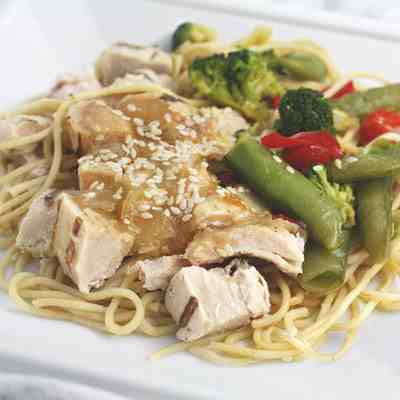7 Rules for a Kidney-Friendly Diet

When you have to make the shift from eating whatever you want to following a kidney-friendly diet, there’s usually some growing pains involved. But now your health depends on limiting sodium, potassium, phosphorus and liquids.
Wondering where to start or how to do a better job? Follow these seven rules to adopt a kidney-friendly diet:
- Learn about kidney-friendly dieting. Most people don’t know much about following a kidney-friendly diet...until they’re forced to. Your doctor and dietitian can help you, but it’s also your job to learn about kidney-friendly dieting. The National Kidney Foundation (www.kidney.org) is a great resource to help you get started.
- Get dining-out intel. If you’re dining out (that’s only take-out and pick up during the COVID-19 pandemic for most people), get meal info before you order. Ask the manager about the menu. Or look up meal ingredients and nutritional information online with tools like MyFitnessPal.com. You want to avoid foods high in sodium, potassium, and phosphorus.
- Join a support group. When you’re surrounded by people facing the same health challenges as you, it’s easier to cope. And it’s easier to stick to the plan to protect your health. You’ll even find people living with kidney disease longer than you have who can offer support, encouragement and advice. Check out this resource to find a support group for people living with kidney disease in your area.
- Eat dialysis-friendly foods. Sure, you have to give up some foods you used to enjoy when you’re on dialysis. The good news: There’s a lot of healthy, tasty, and delicious foods you can eat. Just check out this Dialysis-Friendly menu of meals, all made from fresh ingredients.
- Organize your kitchen. It’s a pretty simple concept. If you live alone, stock your kitchen with dialysis-friendly foods, and get rid of the stuff that will make you sick and put your health at risk. If you’re living with kidney disease, but live with others who aren’t, talk to them about your dietary needs and restrictions so they can help you stay on track.
- Plan your meals. The truth about kidney disease. There’s a lot of traditional foods and meals that you should avoid. Create a meal plan to take the guesswork out of what to eat when you are hungry. Get the ingredients you need at the store, so when it’s time to cook, you’re ready to go. Or just stock up on MagicKitchen.com meals.
- Read food labels. It only takes a few seconds. But your health depends on it. Look for food options low in sodium, potassium, and phosphorus.
Want to protect your health when you’re on dialysis? Follow these seven steps for a kidney-friendly diet.



 INSURANCE CUSTOMERS CLICK HERE!
INSURANCE CUSTOMERS CLICK HERE!
